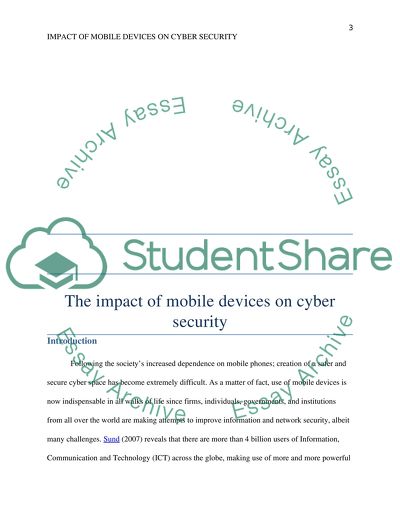Cite this document
(“Literature review Book Report/ Example | Topics and Well Written Essays - 2000 words”, n.d.)
Retrieved from https://studentshare.org/english/1475184-literature-review
Retrieved from https://studentshare.org/english/1475184-literature-review
(Literature Review Book Report/ Example | Topics and Well Written Essays - 2000 Words)
https://studentshare.org/english/1475184-literature-review.
https://studentshare.org/english/1475184-literature-review.
“Literature Review Book Report/ Example | Topics and Well Written Essays - 2000 Words”, n.d. https://studentshare.org/english/1475184-literature-review.


